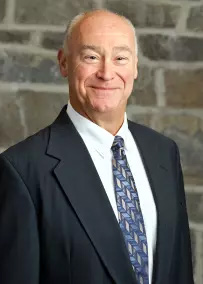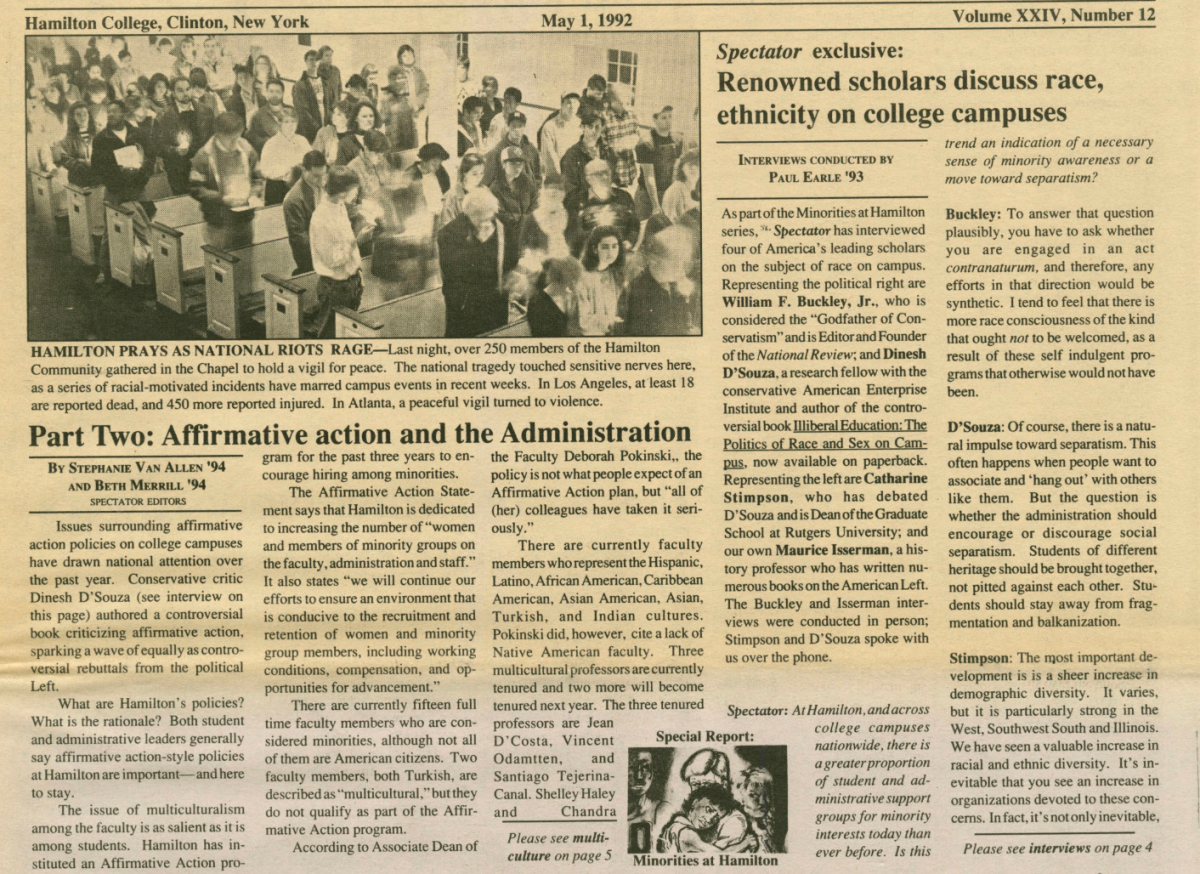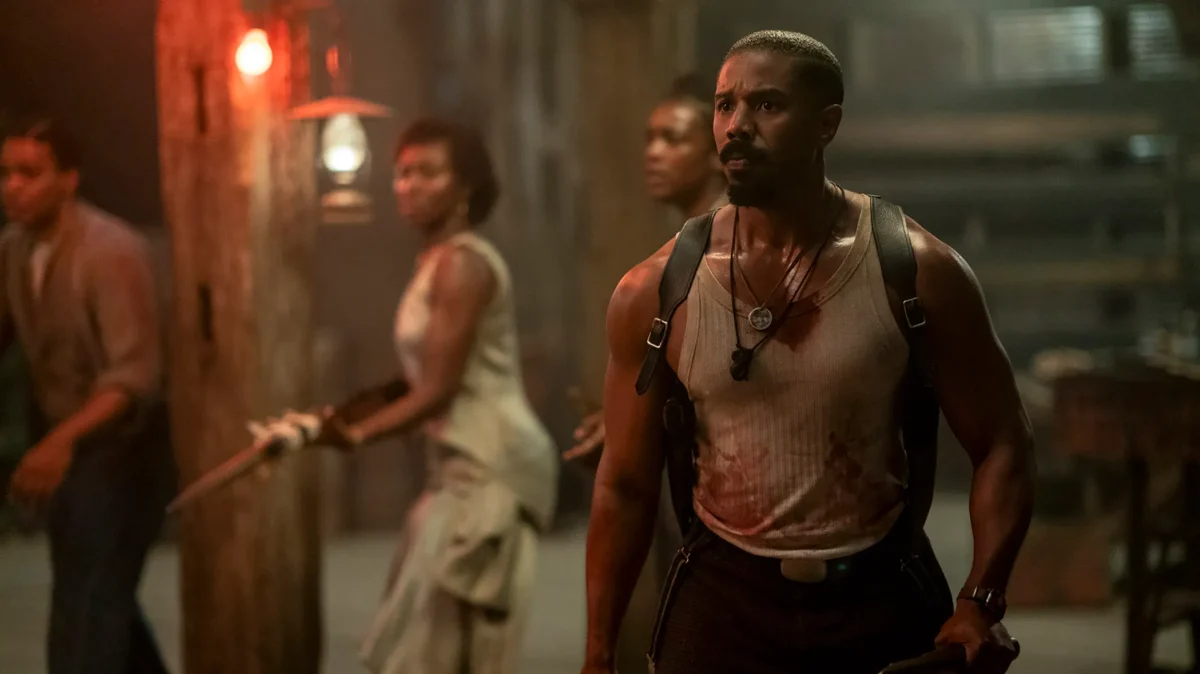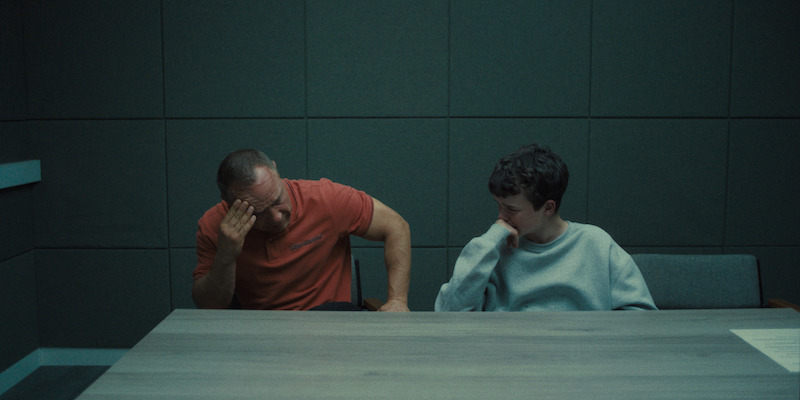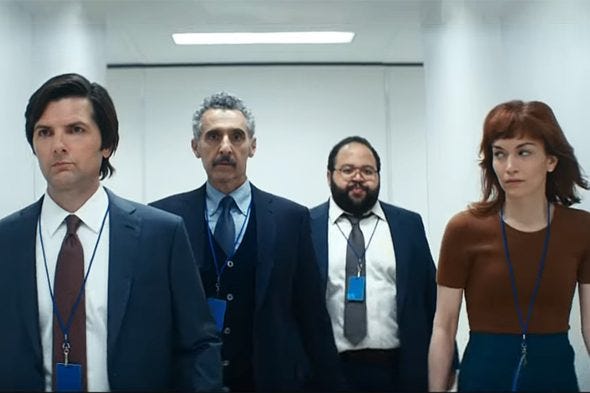
The fine line between work life and personal life has always been cherished in American culture. The Ford Motor Company established the nine-to-five workday over a century ago in an effort to draw that distinction. The purpose of having a scheduled time to be committed to labor was to avoid worker exploitation where an employee’s line of business interfered with their domestic affairs. In
Severance
, Lumon Industries takes this separation to an extreme degree through literally severing the minds of its employees, effectively creating two separate lives and personalities in the moment that their employees enter the workplace.
Mark (Adam Scott), is our vehicle to understanding this process. Adam Scott, of
Parks and Recreation’
s fame, uses his blunt comedic chops to illustrate the dichotomy that the severance procedure can elicit. Mark’s introductory scene sums up the physics of the show’s namesake to a basic degree, as we see him sobbing in his car before he enters his workplace and his previous thoughts and emotions dissolve in an instant. Mark displays absolute professionalism and loyalty to Lumon Industries, but is fully aware that there is also a life that he is choosing to forget. Until… enter Helly.
Helly (Britt Lower), serves as Mark’s reminder for his “outie” (who he is outside of Lumon). Helly is a freshly-employed Lumon Industries worker who Mark now has to integrate into the company after being named the successor of Petey (Yul Vazquez), his “innie”’s (opposite of “outie”) best friend who has mysteriously been removed from a company usually known for making resignation futile. After her integration, Helly cannot recollect anything. She does not know that it is Mark speaking to her from outside the room that she awakens in, she doesn’t know her name, or about her parents, but she does know that Delaware is a U.S. state. While comedic in its quirkiness, this Black Mirror-esque style of absurdism further establishes the rules of the severed world. It also fosters the responsibility and natural connection that Mark feels for Helly as she continuously rebels throughout the show, as he feels partly like a contributor to her struggles.
Lumon Industries is led by a board of members who funnel their directions through Harmony Cobel (Patricia Arquette) and Milchick (Tramell Tillman). The company vaguely alludes to a modern Orwellian take on the concept of “Big Brother.” Lumon is always aware of their employees’ lives both inside and outside of their facilities, and will prevent inter-section contact by any means necessary. This extremely conservative attitude naturally elicits curiosity from Lumon’s employees. While employees like Irving (John Turturro) and Dylan (Zach Cherry) have their doubts, they are quick to accept whatever fallacies the company may present them with. At a time, Mark would do the same thing, but a visit from the formerly dismissed Petey stirs up his imagination.
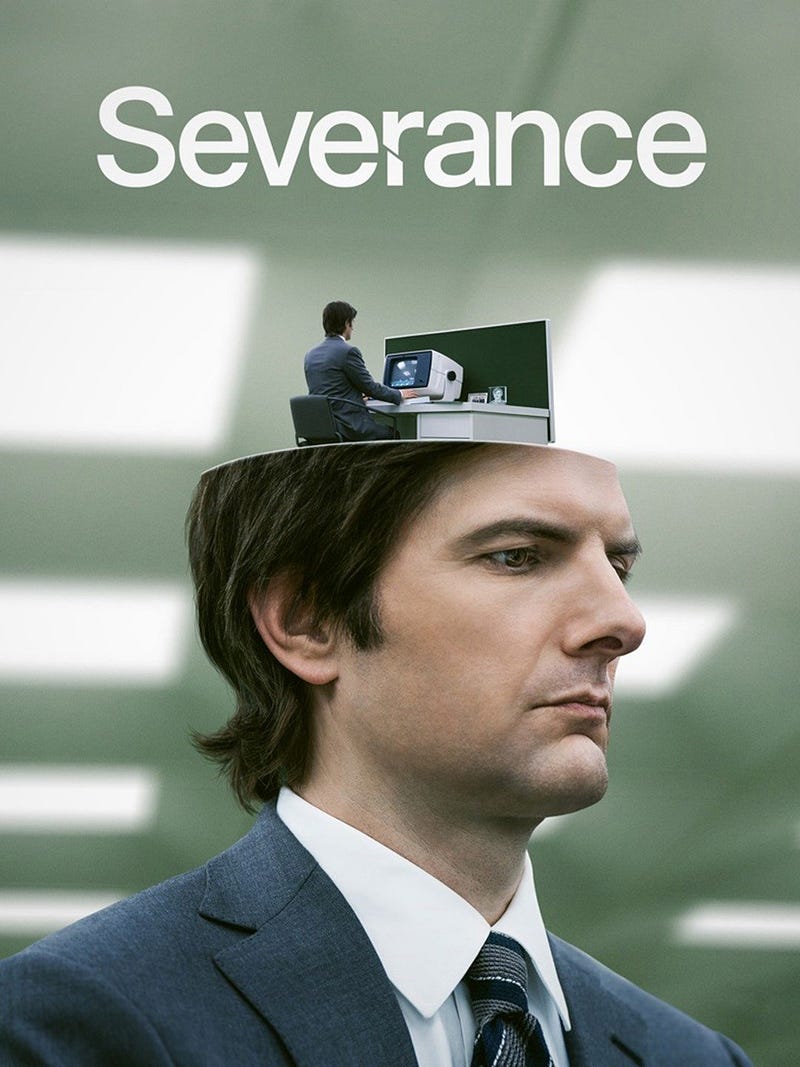
Ben Stiller directs this Apple TV+ series in a similar visual aesthetic to his previous limited series effort,
Escape at Dannemora
. Aside from the obvious fact that Stiller recasts Patricia Arquette for a significant role,
Severance’s
blunt and sometimes unintentionally comedic dialogue is in the same vein of his previous production. The show will often present traditional expositional dialogue in a quirky way, similar to Adam Scott’s
Parks and Recreation
.
Severance’s
use of broad shots displays the mental disorientation that the namesake procedure causes for the “innies.” In opposition, Mark’s “outie” is often cinematographically poised in confinement between walls, people and his general life to express a sense of oppression from the amnesia of his occupation.
The cast can occasionally linger on a one-note delivery style due to the incredibly frank nature of the show’s interactions, but its overall comedic quirkiness usually makes up for this. This series is surely a slow-burner. Much of the first two episodes solely provide context and exposition to set a foundation for its future episodes. Nonetheless, its surreal commentary on how far the divergence of one’s home and work life can be pushed is valuable. This is especially relevant in our current society, where working from home has become commonplace, effectively erasing that occupational distinction that was so previously apparent.





